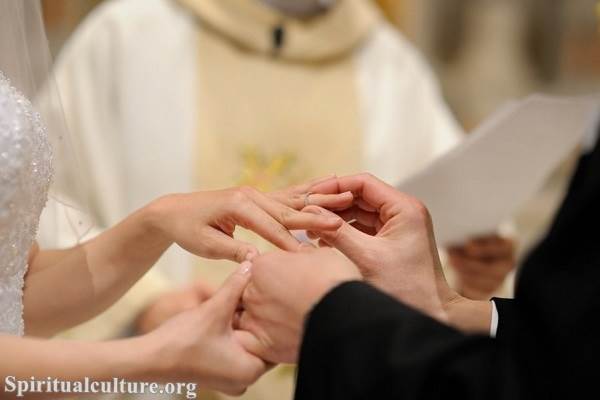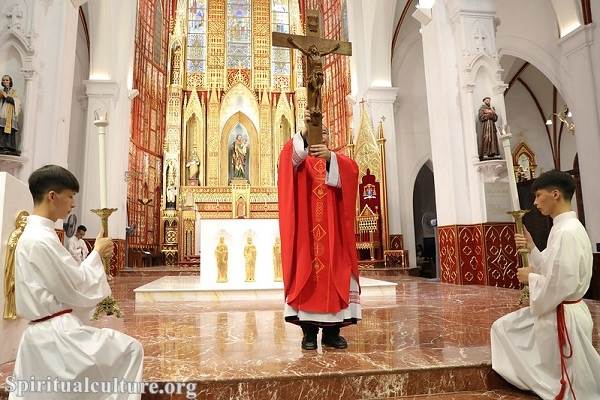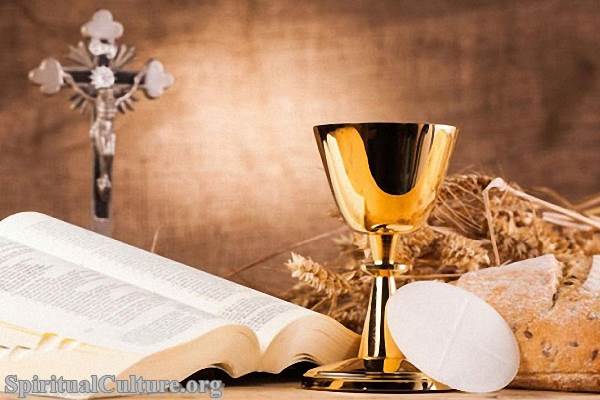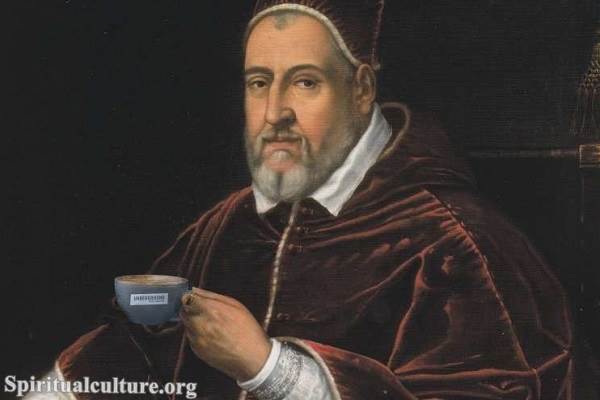What is prayer?
A prayer is a form of communication with a deity or higher power in which a person expresses their thoughts, feelings, and desires, typically in a petitionary or thanksgiving form. It can be an expression of devotion, a request for help or guidance, or an act of thanksgiving.

Prayer is often considered a central part of spiritual practice in many religions and belief systems. Some people pray as part of a formal religious service, while others pray privately or individually as part of their spiritual practice.
Which religions have a form of “prayer”?
Many religions practice prayer, typically as making a request or offering a petition to a higher power or deity. Some examples of religions that practice prayer include:
- Christianity
- Islam
- Judaism
- Hinduism
- Buddhism
- Sikhism
- Taoism
- Baha’i Faith
- Jainism
- Shintoism
- Zoroastrianism
It’s worth noting that the specific forms and practices of prayer can vary significantly within and between different religious traditions.
Why do Catholics pray?
Catholics pray for various reasons, including to give thanks, ask for help or guidance, express their devotion to God, and connect with the divine.
Prayer is an important part of Catholic spiritual practice and is believed to bring people closer to God and foster a sense of peace and spiritual well-being.
Catholics may pray as part of a formal religious service, such as Mass, or they may pray privately or individually as part of their spiritual practice.
In addition to prayer, Catholics also engage in other spiritual practices, such as reading and reflecting on the Bible, participating in sacraments, and serving others.
How do Catholics pray?
In Catholicism, prayer is understood as a form of communication with God. It is believed that through prayer, Catholics can express their thoughts, feelings, and desires to God and receive guidance and comfort from God.
Catholics may pray alone or with others, and there are many different forms of prayer, including vocal prayer (such as saying the Rosary), meditative prayer (such as lectio divina), and contemplative prayer (such as centering prayer).
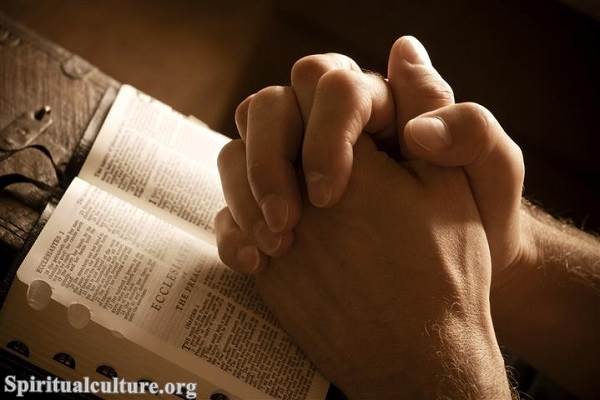
Catholics may also pray using traditional prayers, such as the Lord’s Prayer or the Hail Mary, or they may pray using their own words.
In addition to individual prayer, Catholics also pray together as a community, both in formal settings such as Mass and in more informal settings such as prayer groups.
Forms of prayer in Catholicism
In Catholicism, prayer is understood as a form of communication with God in which a person expresses their thoughts, feelings, and desires, typically petitioning or thanksgiving. Catholics may pray alone or with others, and there are many different forms of prayer, including:
- Vocal prayer: This is a prayer that is said aloud, such as the Rosary, the Lord’s Prayer, or the Hail Mary.
- Meditative prayer: This is a form of prayer in which a person reflects on a passage of scripture or spiritual teaching, seeking to understand its deeper meaning and apply it to their own life.
- Contemplative prayer: This is a form of prayer in which a person seeks to enter into a deep state of union with God, often through silence and stillness.
- Intercessory prayer: This is a form of prayer in which a person prays on behalf of others, asking for God’s help and guidance for them.
Catholics may pray using traditional prayers or using their own words. In addition to individual prayer, Catholics also pray together as a community, both in formal settings such as Mass and in more informal settings such as prayer groups.

